The Real Estate Institute of Queensland (REIQ) and the Housing Industry Association expect housing shortages across Australia to be exacerbated by June's monetary policy decision.
High rates have seen the number of loans written for the construction of new property falling to the lowest level since 2008.
March 2023 was the weakest quarter for new building approvals since 2012, with 15% less new private sector properties approved in March '23 compared to '22.
Meanwhile rental rates have risen more than 10% in the past year, while the number of new properties listed for sale is almost 25% lower than the previous five year average.
The Albanese Government is aiming for one million new houses in the next five years, primarily coming from the private sector, but HIA Chief Economist Tim Reardon expects Tuesday's cash rate increase to mean even fewer new homes in the coming months.
"Home building activity today reflects rate increases a year ago. [June's monetary policy] decision is going to see an ongoing slowdown in home building, while demand for new homes continues to grow,” Mr Reardon said.
He believes that we are yet to feel the full extent of the slowdown that high rates will cause.
"The impact of rate increases to date are starting to emerge in official housing data, but it will take a further 12 months for this slowdown to be apparent in work on the ground, and the wider economy,"Mr Reardon said.
"This will see the number of homes commencing construction slow, as population growth accelerates."
REIQ COO Dean Milton is also concerned about the high cost of borrowing for home loans dissuading both investors and first home buyers, which in turn keeps the boot on the neck of the rental market.
"This rate rise will further the hardship of tenants, especially those on low incomes, when striving to enter home ownership, both saving the deposit and simply qualifying for a loan," Mr Milton said.
"Accordingly, we call on APRA to reduce their serviceability buffer back to pre-December 2021 levels, as we need more investors to bring rentals to the market and opportunity for tenants to realise their dreams of home ownership."
APRA currently requires banks to stress test loan applicants using a 3% serviceability buffer to the loan rate.
A 'blunt and ineffective' tool?
Throughout the tightening cycle, RBA Governor Philip Lowe has been consistent that inflation is the most pressing issue, and that while rate hikes are causing significant financial pressure for some households, it is necessary to bring goods and service prices down.
The idea that rising rates is the only way to bring down inflation has been questioned by many, including Mr Reardon, who feels the government could be doing more to combat inflation through taxation and other economic policy.
"Interest rates are a very blunt and ineffective tool in managing inflation and the wider economy. Fiscal policy is a far more effective and precise tool,” Mr Reardon said.
Edwina McDonald, Australian Counci of Social Service Deputy CEO, believes increased regulation would be a preferable approach.
"Instead of relying on the blunt tool of interest rate hikes, the government should be tackling inflation directly by better regulating the rental market and taking further action to reduce energy and healthcare costs," Ms McDonald said.
Advertisement
Building a home? This table below features construction loans with some of the lowest interest rates on the market.
| Lender | Home Loan | Interest Rate | Comparison Rate* | Monthly Repayment | Repayment type | Rate Type | Offset | Redraw | Ongoing Fees | Upfront Fees | Max LVR | Lump Sum Repayment | Extra Repayments | Split Loan Option | Tags | Features | Link | Compare | Promoted Product | Disclosure |
|---|---|---|---|---|---|---|---|---|---|---|---|---|---|---|---|---|---|---|---|---|
5.93% p.a. | 6.19% p.a. | $2,471 | Interest-only | Variable | $0 | $530 | 90% |
| Promoted | Disclosure | ||||||||||
5.69% p.a. | 5.71% p.a. | $2,899 | Principal & Interest | Variable | $0 | $350 | 80% | Disclosure | ||||||||||||
5.94% p.a. | 6.00% p.a. | $2,475 | Interest-only | Variable | $0 | $835 | 90% | |||||||||||||
6.24% p.a. | 6.31% p.a. | $2,600 | Interest-only | Variable | $0 | $450 | 80% | |||||||||||||
6.44% p.a. | 6.41% p.a. | $2,683 | Interest-only | Variable | $0 | $530 | 90% | |||||||||||||
6.74% p.a. | 7.51% p.a. | $2,808 | Interest-only | Variable | $20 | $644 | 90% | |||||||||||||
7.89% p.a. | 8.22% p.a. | $3,631 | Principal & Interest | Variable | $0 | $0 | 75% | |||||||||||||
7.19% p.a. | 6.90% p.a. | $2,996 | Interest-only | Variable | $0 | $1,212 | 90% | |||||||||||||
8.18% p.a. | 8.25% p.a. | $3,732 | Principal & Interest | Variable | $0 | $900 | 80% | |||||||||||||
5.94% p.a. | 6.36% p.a. | $2,978 | Principal & Interest | Variable | $395 | $null | 95% | |||||||||||||
5.18% p.a. | 5.63% p.a. | $2,739 | Principal & Interest | Variable | $350 | $0 | 90% |
Picture by Josh Olalde on Unsplash

Ready, Set, Buy!
Learn everything you need to know about buying property – from choosing the right property and home loan, to the purchasing process, tips to save money and more!
With bonus Q&A sheet and Crossword!




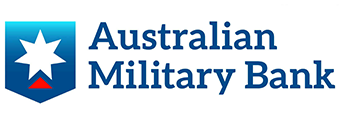

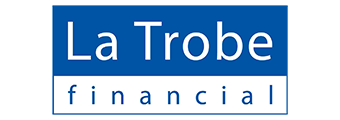

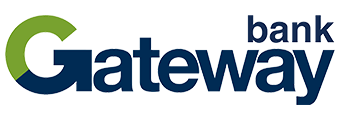
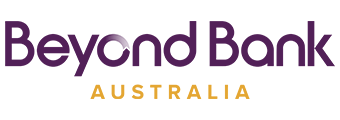
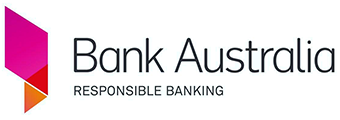


 Hanan Dervisevic
Hanan Dervisevic



